Volumetrics Diet: Pros & Cons, Meal Plan, and How It Works
Eat more, weigh less; the power of volume for a science-backed sustainable weight loss.
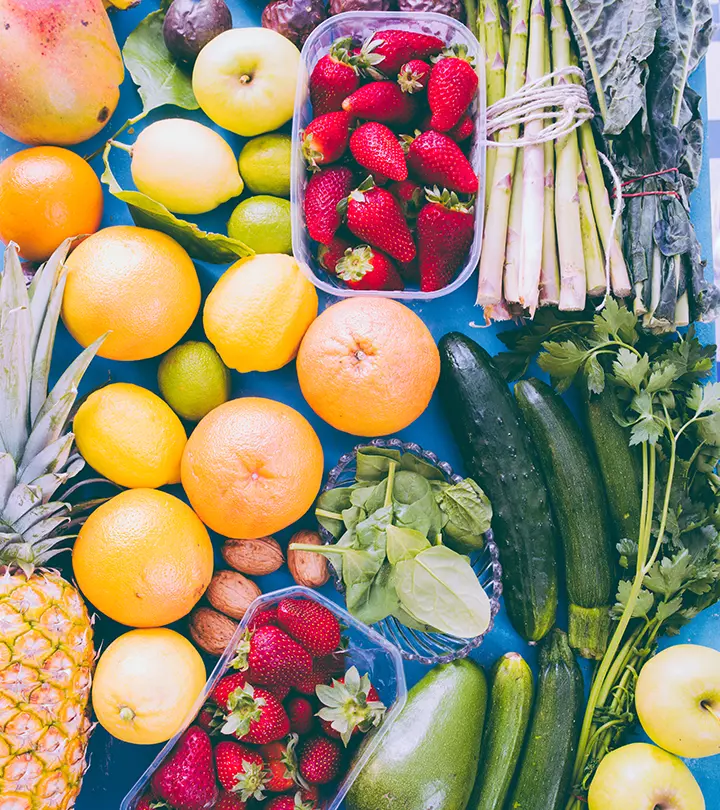
Image: Shutterstock
If you want to reduce weight without feeling hungry, the volumetrics diet is your ultimate pick. A nutrition expert created this weight loss program based on the idea that eating high-volume, low-density foods will keep you full and happy while consuming fewer calories. You will not only lose weight but also improve your general health by prioritizing the consumption of nutritious meals. These include foods high in water, fiber, and protein. You can achieve your weight loss objectives, transform your physique, and have fun while doing it with the volumetrics diet. It is also easy to customize for different preferences, including vegetarian and vegan, ensuring it fits seamlessly into all lifestyles. Say goodbye to restrictive dietary regimens and hello to a smart, sustainable, and satisfying way of eating. Keep reading!

 At A Glance: Volumetrics Diet
At A Glance: Volumetrics Diet- Principle: A diet rich in low-energy-density foods with high water content that make you feel fuller for longer and reduce calorie intake.
- Purpose: To regulate calorie intake to reduce the risk of type-2 diabetes, pancreatic cancer, and heart diseases and lose weight.
- Who It Is For: Anyone who wants to eat a healthier but flexible diet.
- Duration: Long-term
- Who Should Avoid: People with kidney diseases, gastrointestinal disorders, diabetes, prediabetes, or celiac disease, and pregnant and breastfeeding individuals.
- Cons: Time-consuming, expensive, and may lead to nutrient deficiencies.
In This Article
What Is The Volumetrics Diet?
The volumetrics diet was developed by Barbara Rolls, a nutrition researcher and professor at Penn State University. It is based on the idea that you can regulate your calorie intake by consuming low-energy-density foods that make you feel full and less hungry.
 Trivia
TriviaThe diet is built on the concept of energy density, which focuses on the number of calories in a specific amount of food. Scroll down for additional information on this diet and how it works.
Key Takeaways
- The volumetrics diet is a weight loss strategy that places more emphasis on food volume than on calorie intake. The objective is to lose weight while being satisfied.
- Fruits, vegetables, whole grains, and lean proteins are foods high in fiber and water content.
- The diet limits the intake of sugary drinks, high-fat meats, and processed foods.
- Individuals with kidney problems, diabetes, food allergies, and celiac disease should consult a health care provider before following this diet.
How Does The Volumetrics Diet Work?
The volumetrics diet primarily focuses on foods with low energy density (those that contain few calories for every gram).
It includes fruits, vegetables, and low calorie soups with broth as the base. These are high volume meals with a higher water content than high-energy-density foods. Consuming low-density meals will make you feel fuller and reduce your calorie intake (1).
The volumetrics diet is divided into four categories of foods:
- Very Low-Density Foods
These have a meager number of calories per gram and include broth-based soups and salads. These foods can be consumed in large amounts to help with satiety without adding many calories.
- Low-Density Foods
These filling foods have a low number of calories per gram and include fruits, vegetables, and whole grains. These foods are the main focus of the volumetrics diet and must be consumed in larger amounts.
- Medium-Density Foods
These have a moderate number of calories per gram and include nuts, seeds, and avocados. These foods can be consumed in moderate amounts.
- High-Density Foods
These have a high number of calories per gram and include butter, cheese, and oils. These foods should be consumed in small amounts or avoided.
The volumetrics diet promotes regular exercise as a component of a healthy lifestyle. Exercise can assist in boosting metabolism, encouraging weight loss, and enhancing general health (2). Additionally, it supports moderation food intake, which might aid in calorie restriction. The use of smaller plates, attention to hunger and fullness cues, and a mindful eating strategy can all help you achieve healthy eating.
 Quick Tip
Quick TipEating foods with a low energy density allows one to have a larger (portion) meal without consuming a lot of calories. Boosting feelings of fullness and satisfaction may eventually encourage people to eat fewer calories and lose weight. Discover in the section below how the volumetrics diet boosts weight loss.
Can The Volumetrics Diet Promote Weight Loss?

Low-energy foods are high in fiber, water, and other nutrients that can promote both weight management and overall health.
A study in 2025 conducted on 3877 participants revealed that the intake of viscous dietary fiber can aid weight loss. A mean body weight reduction of 0.33 kgs to 0.14 kg was observed. The effect was greater in obese participants and in participants with diabetes. The accuracy of the evidence was evaluated to be moderate for body weight, high for waist circumference and body fat, and low for BMI.
Several studies have shown that individuals who follow a low-energy-dense diet tend to lose weight and maintain weight loss over time. They also tend to have a lower body mass indexi A health assessment method that calculates the height-to-weight ratio to determine how much body fat you possess. (BMI) and body fat percentage (3), (4), (5).
A study on overweight women focused on dietary energy density and came up with a method for controlling appetite and maintaining weight. The secret is to reduce energy-dense and fatty foods by increasing your consumption of fruits and vegetables (6).
A study on teenagers demonstrated that a low-energy-density diet between 3.9 and 5.1 kJ/g did not cause weight gain, but an energy density of 8.64 kJ/g to 9.17 kJ/g did (7). Another study on overweight and obese women found that low energy meals had a positive impact on people trying to effectively reduce weight (8).
The volumetrics diet focuses on the quality of the food and its calorie density and helps one reduce their overall calorie intake, potentially leading to weight loss. Since it is not a restrictive diet, it is more likely to be sustainable in the long run.
Keep in mind that losing weight is not an easy process and may take some time before you see visible results. Every diet has its advantages and disadvantages. Discover the pros and cons of the volumetrics diet in the section below.
Pros And Cons Of The Volumetrics Diet

There are several pros and cons to the volumetrics diet:
Pros
- It Is Flexible
While the volumetrics diet limits the intake of certain foods, it is not a restrictive diet and does not eliminate any essential food groups. It encourages a variety of foods and allows for flexibility in meal planning. It can be tailored to fit individual needs and preferences, be it weight loss, general health, or any other specific goal.May Improve Overall Health
- May Improve Overall Health
The volumetrics diet encourages the consumption of nutrient-dense fruits and vegetables, lean protein, and whole grains. These foods provide essential vitamins and minerals, which can improve one’s nutrient intake and general well-being (9).
- May Reduce The Risk Of Chronic Diseases
The nutrient-dense foods can help reduce the risk of heart disease, diabetes, and certain types of cancer. Intake of high-energy-density foods is associated with risks of type 2 diabetesi A chronic disorder where your body does not produce enough insulin, causing elevated blood sugar levels. and pancreatic cancer (10). A few dietary adjustments that are recommended in this diet will help you reduce these risks. Low energy-density diets also help control blood sugar levels and reduce high cholesterol levels (11).
Cons
- May Be Challenging To Stick To
The volumetrics diet may be difficult for those used to eating high-energy-density foods or who have a busy lifestyle. The diet requires planning and preparation, which may be time-consuming and challenging for some individuals. Eating out can be difficult as one may not know the calorie density or portion size of a particular food.
- May Be Expensive
Eating vegetables, fruits, and lean protein can be more expensive than a diet high in processed foods. Energy-dense meals are the least expensive and the most inflation-resistant. This might be the underlying reason populations with inadequate financial resources continue to have the highest prevalence of obesity (12).
- May Not Work For Everyone
This diet may not work for everyone and some people may not see the desired results. It is not a quick weight loss solution and requires a long-term commitment and a lifestyle change. You must make active efforts and remain consistent for the diet to work.
If these cons do not stop you from taking up the challenge, scroll down for additional tips on how to get started on this diet.
How To Start The Volumetrics Diet

Here are some steps to help you start the volumetrics diet:
1. Learn About The Diet
Familiarize yourself with what foods to eat and avoid on this diet. Think carefully about your lifestyle and whether it is suitable. Being aware that the diet may not be effective for you and is not recommended for everyone can spare you unpleasant situations if the diet doesn’t work.
2. Make A Grocery List
Make a shopping list of high-volume, low-calorie foods like fruits, whole grains, vegetables, lean meats, and low-fat dairy products. Keep in mind that this could be expensive. Choose grass-fed, organic, or wild-caught items. Processed foods are often high in calories and low in volume, so avoid them as much as you can.
3. Plan Your Meals
Plan ahead to ensure you have enough food choices and a balance of macros and micronutrients. If you lead a hectic life, do the majority of your meal preparation over the weekends. Make a note of any appealing, healthy dishes that caught your eye, and then try them. Being creative with the limited number of items you can eat is the secret to keeping a balanced diet. Be aware of the portion size of your meals and snacks. While high-volume foods might make you feel satisfied, moderation is key.
4. Drink Plenty Of Water
Drinking water can help you feel satiated and content. It is also a zero-calorie drink. Other options include lemon water or coconut water, which are equally hydrating and nourishing.
5. Get Moving
Regular physical activity is integral to any weight-loss diet. Aim for anywhere between 30 minutes to 1 hour each day. If you live a busy life, look for at-home exercises that can motivate you. Avoid overexercising as it might leave you feeling extremely tired.
6. Keep Track Of Your Progress
Monitor your weight, body composition, and general well-being regularly. You can either download fitness-tracking apps or maintain a dedicated workout journal. Also, try joining a community where you can share your progress with everyone. Having a diet/workout buddy can help you have accountability and motivation to follow through with the diet.
 Quick Tip
Quick TipMeal planning enables you to have nutritious meals so that you won’t seek unhealthy options when you are busy or unable to cook a healthy meal right away. Discover a sample meal plan for the volumetrics diet below.
Volumetrics Diet Meal Plan
Here is a sample 7-day volumetrics meal plan that you can follow:
Day 1
| Meal | What To Eat |
|---|---|
| Breakfast | Oatmeal with fresh berries and a scoop of Greek yogurt |
| Lunch | Grilled chicken breast with a side of roasted vegetables |
| Snacks | Carrots and celery sticks with hummus |
| Dinner | Vegetable soup with a side of whole wheat bread |
Day 2
| Meal | What To Eat |
|---|---|
| Breakfast | Scrambled eggs with spinach and mushrooms |
| Lunch | Grilled fish with a side of quinoa and steamed broccoli |
| Snacks | Apple slices with almond butter |
| Dinner | Lentil and vegetable stew with a side of whole wheat pita |
Day 3
| Meal | What To Eat |
|---|---|
| Breakfast | Smoothie bowl made with frozen berries, Greek yogurt, and spinach |
| Lunch | Grilled chicken breast with a side of brown rice and steamed vegetables |
| Snacks | Air-popped popcorn |
| Dinner | Vegetable and bean chili with a side of cornbread |
Day 4
| Meal | What To Eat |
|---|---|
| Breakfast | Whole wheat pancakes with blueberries and a side of turkey bacon |
| Lunch | Grilled chicken breast with a side of quinoa and steamed vegetables |
| Snacks | Fresh fruit salad |
| Dinner | Vegetable and bean burrito with a side of salsa and avocado |
Day 5
| Meal | What To Eat |
|---|---|
| Breakfast | Whole wheat toast with avocado and egg |
| Lunch | Baked salmon with a side of roasted sweet potato and green beans |
| Snacks | Greek yogurt with honey and mixed berries |
| Dinner | Minestrone with a side of whole wheat bread |
Day 6
| Meal | What To Eat |
|---|---|
| Breakfast | Whole wheat toast with peanut butter and banana |
| Lunch | Grilled chicken breast with a mixed green salad and a vinaigrette dressing |
| Snacks | Fresh berries like strawberries, blueberries, raspberries, blackberries |
| Dinner | Spaghetti with marinara sauce and topped with sautéed vegetables |
Day 7
| Meal | What To Eat |
|---|---|
| Breakfast | Baby bell peppers stuffed with tuna salad |
| Lunch | Vegetable soup with a side of whole wheat bread |
| Dinner | Baked salmon with quinoa and vegetable pilaf |
| Snacks | Cucumber and tomato salad |
Before beginning any new diet plan, you should speak with a registered dietitian or any healthcare provider.
 Quick Tip
Quick TipThis meal plan can be tailored to fit your dietary preferences, restrictions, and lifestyle. Feel free to get creative and incorporate a wide variety of foods that you enjoy. The key is to follow the principles of the Volumetrics approach. Scroll down to see some quick and delicious meals you can prepare while following this diet.
Volumetrics Diet Recipes
1. Vegetable Soup
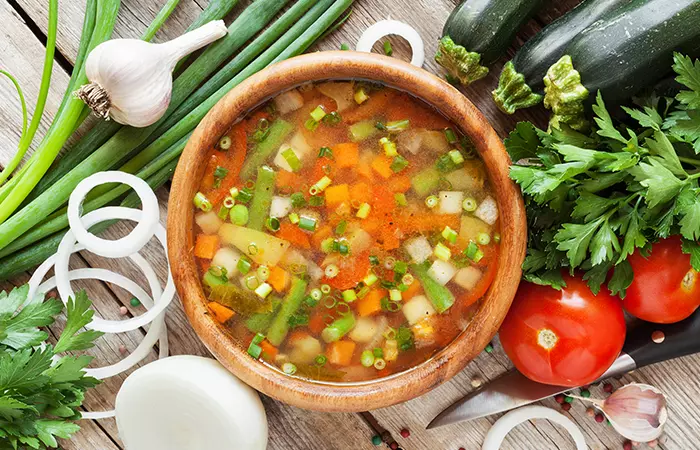
Ingredients
- 1 tablespoon of olive oil
- 1 onion, diced
- 2 cloves of garlic, minced
- 2 carrots, peeled and diced
- 2 celery stalks, diced
- 1 cup of diced potatoes
- 1 cup of diced sweet potatoes
- 2 cups of sliced mushrooms
- 2 cups of chopped kale or spinach
- 2 cups of vegetable broth
- 2 cups of water
- 1 can of diced tomatoes
- 1 teaspoon of dried thyme
- Pepper and salt
Instructions
- Heat olive oil in a large pot over medium heat.
- Add onion and garlic and sauté until they become translucent.
- Add carrots and celery and sauté for another 5 mins.
- Add potatoes, sweet potatoes, mushrooms, kale or spinach, vegetable broth, water, diced tomatoes, thyme, salt, and pepper.
- Bring the soup to a boil, reduce to low heat, and let it simmer for 20-25 minutes or until the vegetables are tender.
- Taste and adjust the seasoning and serve the soup hot with whole wheat bread.
2. Baked Salmon With Quinoa And Vegetable Pilaf

Ingredients
For the salmon:
- 4 (6 oz) salmon filets
- 2 tablespoons of olive oil
- Salt and pepper to taste
- 1 tablespoon of lemon juice
- 1 tablespoon of chopped fresh herbs (parsley, dill, or basil)
For the quinoa and vegetable pilaf:
- 1 cup of quinoa, rinsed
- 2 cups of water or vegetable broth
- 1 tablespoon of olive oil
- 1 onion, diced
- 1 red bell pepper, diced
- 1 cup of sliced mushrooms
- 2 cloves of garlic, minced
- 1 teaspoon of ground cumin
- Pepper and salt
- 1/4 cup of chopped fresh parsley
Instructions
- Preheat the oven to 425°F (220°C).
- Mix olive oil, lemon juice, herbs, salt, and pepper in a small bowl.
- Place the salmon filets in a baking dish.
- Brush the salmon with the olive oil mixture.
- Bake the salmon for 12-15 minutes or until the salmon is cooked through.
- In a medium saucepan, bring the quinoa and water or vegetable broth to a boil.
- Lower the heat, cover, and simmer for 18-20 minutes or until the quinoa is tender.
- Next, heat olive oil in a skillet over medium heat.
- Add onion, red bell pepper, mushrooms, and garlic and sauté for about 5 minutes or until the vegetables are tender.
- Stir in cumin, salt, pepper, and sauté for an additional minute.
- Stir in the cooked quinoa and fresh parsley.
- Serve the salmon on top of the quinoa and vegetable pilaf.
The volumetrics diet is a generally healthy and balanced diet that can be beneficial for many people but may not be suitable for everyone. It is possible that people with specific medical issues or dietary limitations can’t adhere to it. Learn more in the next section.
Who Should Not Follow The Volumetrics Diet Plan
The following people are advised not to follow the volumetrics diet without consulting a health care provider or a certified dietician. The diet may not be tailored enough to meet their specific nutritional needs or may exacerbate their conditions or allergies. These include:
- Those who are pregnant or breastfeeding (13)
- Those with food allergies or sensitivities
- Those with celiac diseasei A condition characterized by an immune response to consuming gluten, a protein that causes inflammation and impairs nutrient absorption. (14)
- Those with chronic kidney diseasei A progressive kidney disorder where the organ's ability to remove waste from the body is reduced over time, leading to its failure. (15)
- Those with diabetes or prediabetes (16)
Always talk to a health care provider or a registered dietitian before adopting any new diet, especially if you have any pre-existing medical condition or dietary restrictions.
Infographic: Volumetrics Diet: What To Eat And What To Avoid
The volumetrics diet concentrates on consuming high-fiber and low-calorie foods to fill you up. This plan is intended for those who wish to shed pounds healthily and feel full for an extended period. In the infographic below, we have listed the foods to eat and stay away from, along with tips that can help you achieve results with this diet.
Some thing wrong with infographic shortcode. please verify shortcode syntaxThe Final Word
The volumetrics diet is a weight loss plan that focuses on consuming low-density foods that are high in water and fiber and low in calories. This approach can help people feel full on fewer calories, leading to weight loss. Having a balanced diet and paying attention to portion sizes are essential to succeed. If you are on the lookout for tips on how to lose weight fast at home, this flexible diet can be your rescue. It gives you the liberty to make smarter decisions that support weight management and enhance your general health and well-being. Try out the volumetrics diet if you are seeking a healthy and efficient weight loss option!
Frequently Asked Questions
Is the volumetrics diet healthy?
Yes, since the diet focuses on consuming nutritious foods and limiting the intake of processed foods. It is also a non-restrictive diet, which means you can eat a variety of foods and ensure you are getting all the nutrients your body needs. Fresh foods may also reduce inflammation, which can help you lose weight even if you are not cutting calories.
What is the percentage of fat in the volumetrics diet plan?
The volumetrics diet plan does not specify the exact percentage of fat to be included in it. However, it does recommend minimizing the consumption of saturated fati Dietary fat that raises the levels of bad cholesterol in the body, increasing the risk of heart disease and other related issues. and promotes the intake of low-fat dairy products.
Can the Volumetrics Diet be combined with other eating plans or diets?
The volumetrics diet can be combined with other eating plans if it aligns with your personal dietary and health needs. You can incorporate a volumetrics diet in your existing dieting plan by simply choosing low-carb, high-fiber foods and limiting your intake of high-calorie and low-nutrient food items.
Illustration: Volumetrics Diet: Pros & Cons, Meal Plan, and How It Works
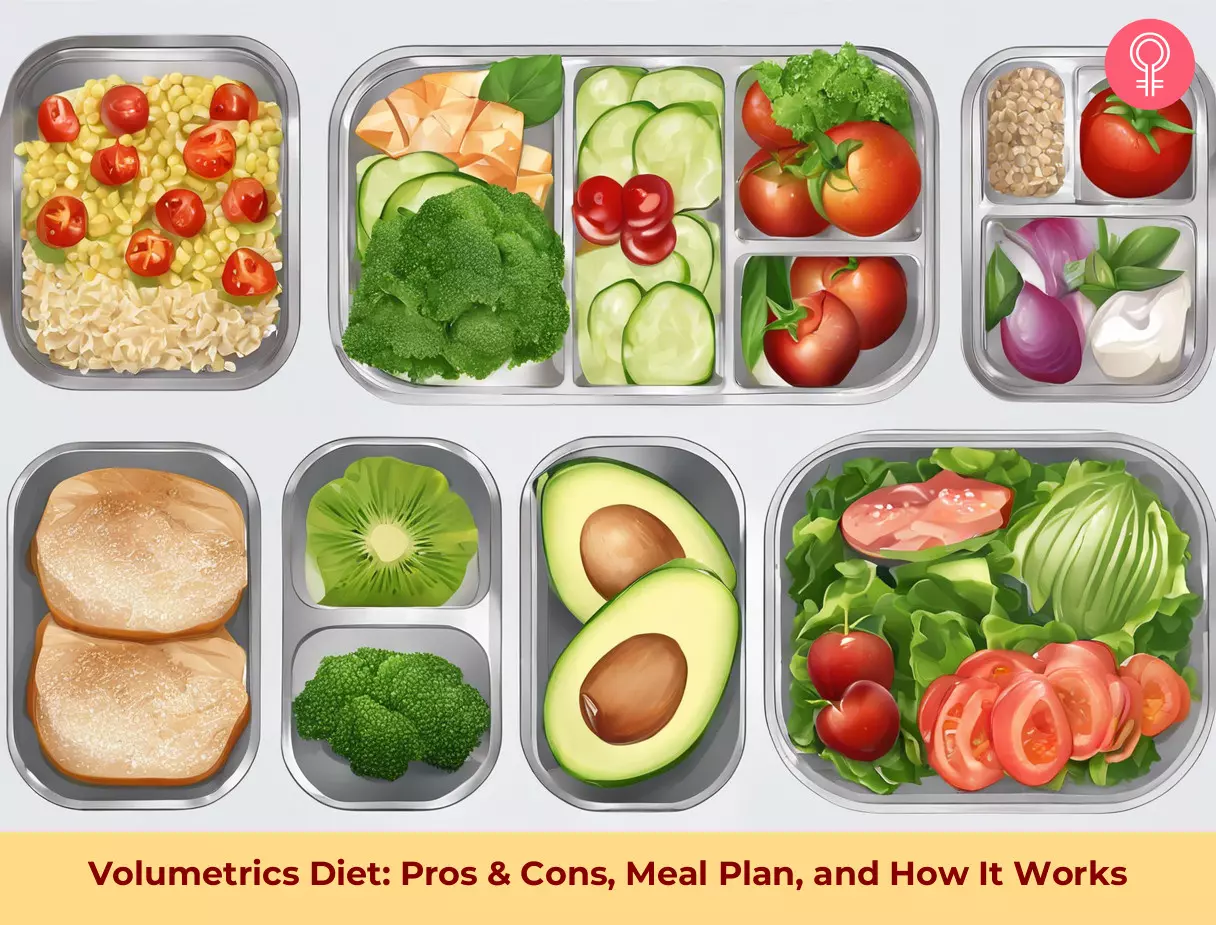
Image: Stable Diffusion/StyleCraze Design Team
Learn how to lose weight by following the Volumetrics Diet! Watch this video to find out how to feel satisfied by eating healthy, low-calorie foods in your diet.
References
Articles on StyleCraze are backed by verified information from peer-reviewed and academic research papers, reputed organizations, research institutions, and medical associations to ensure accuracy and relevance. Read our editorial policy to learn more.
- The Ultimate Volumetrics Diet: Smart, Simple, Science-Based Strategies for Losing Weight and Keeping It Off
https://academic.oup.com/ajcn/article/96/3/681/4576922 - Health Benefits of Exercise
https://www.ncbi.nlm.nih.gov/pmc/articles/PMC6027933/ - Dietary energy density and obesity: how consumption patterns differ by body weight status
https://pubmed.ncbi.nlm.nih.gov/27738811/ - Dietary energy density is associated with body mass index‐for‐age in Mexican adolescents
https://www.ncbi.nlm.nih.gov/pmc/articles/PMC7198965/ - The effects of high and low energy density diets on satiety, energy intake, and eating time of obese and nonobese subjects
https://pubmed.ncbi.nlm.nih.gov/6303104/ - Dietary energy density in the treatment of obesity: a year-long trial comparing 2 weight-loss diets
https://www.ncbi.nlm.nih.gov/pmc/articles/PMC2018610/ - Dietary Energy Density and Its Association with Overweight or Obesity in Adolescents: A Systematic Review of Observational Studies
https://www.ncbi.nlm.nih.gov/pmc/articles/PMC6266059/ - A Low Energy–Dense Diet in the Context of a Weight-Management Program Affects Appetite Control in Overweight and Obese Women
https://www.ncbi.nlm.nih.gov/pmc/articles/PMC6054218/ - Lower-energy-density diets are associated with higher monetary costs per kilocalorie and are consumed by women of higher socioeconomic status
https://www.ncbi.nlm.nih.gov/pmc/articles/PMC2907149/ - Dietary Energy Density Is Positively Associated with Risk of Pancreatic Cancer in Urban Shanghai Chinese
https://www.ncbi.nlm.nih.gov/pmc/articles/PMC3771813/ - Low energy density diet, weight loss maintenance, and risk of cardiovascular disease following a recent weight reduction program: A randomized control trial
https://www.ncbi.nlm.nih.gov/pmc/articles/PMC5122107/ - The rising cost of low-energy-density foods
https://pubmed.ncbi.nlm.nih.gov/18060892/ - Macronutrient and Micronutrient Intake during Pregnancy: An Overview of Recent Evidence
https://www.ncbi.nlm.nih.gov/pmc/articles/PMC6413112/ - Dietary guidelines and implementation for celiac disease
https://pubmed.ncbi.nlm.nih.gov/15825119/ - Diet and Chronic Kidney Disease
https://www.ncbi.nlm.nih.gov/pmc/articles/PMC6855949/ - Nutritional Recommendations for Individuals with Diabetes
https://www.ncbi.nlm.nih.gov/books/NBK279012/
Read full bio of Olesya Wilson
Read full bio of Payal Karnik
Read full bio of Ravi Teja Tadimalla
Read full bio of Moksha Gandhi









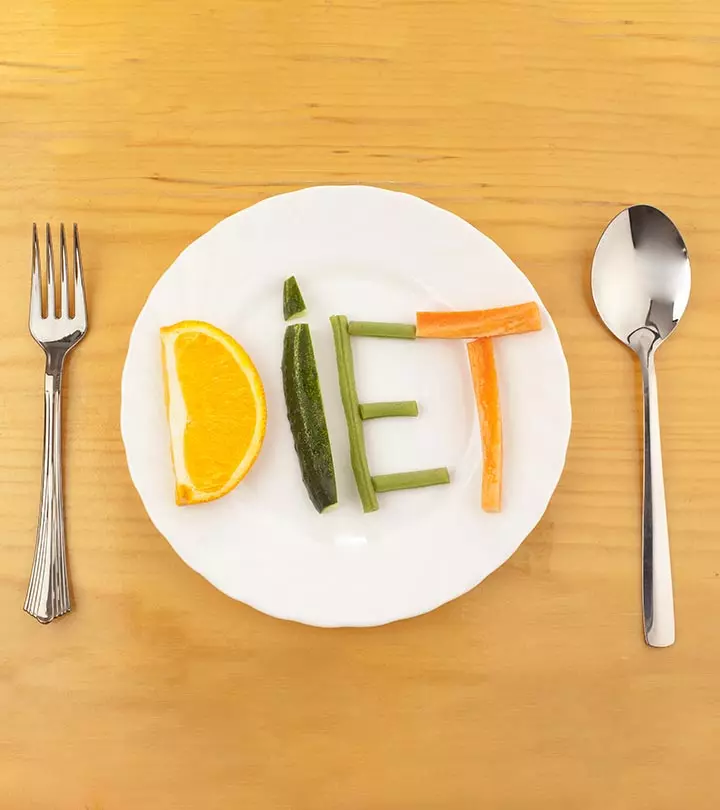
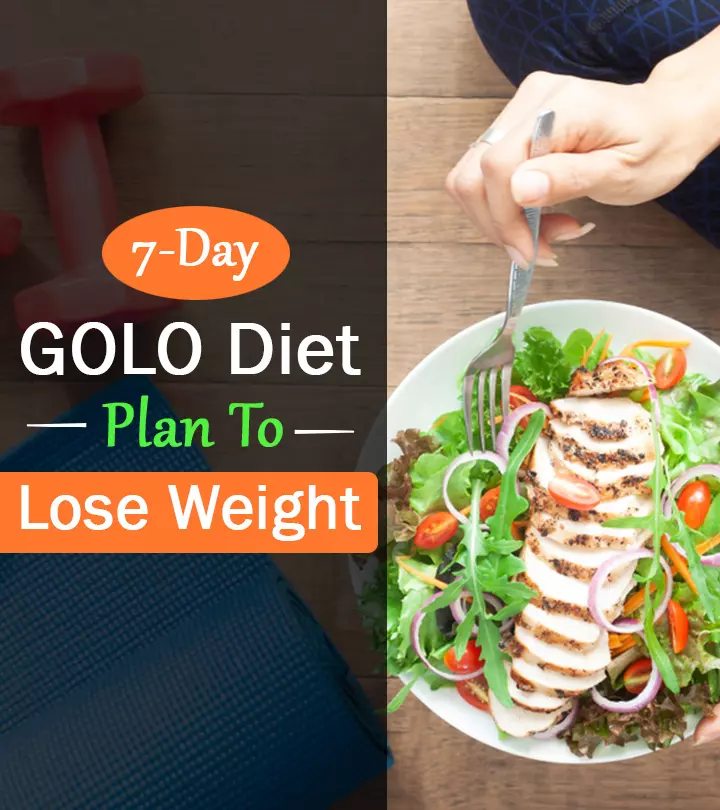


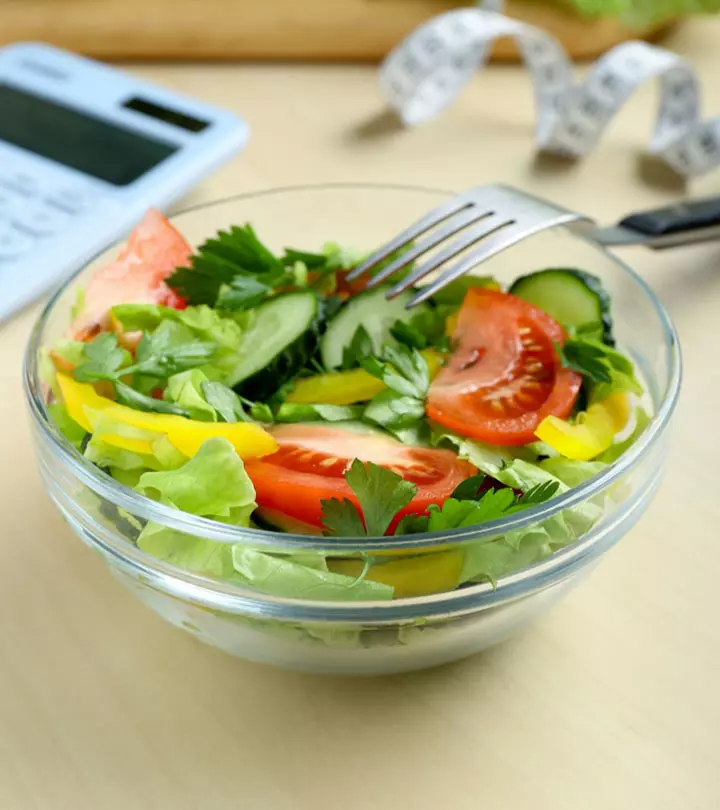
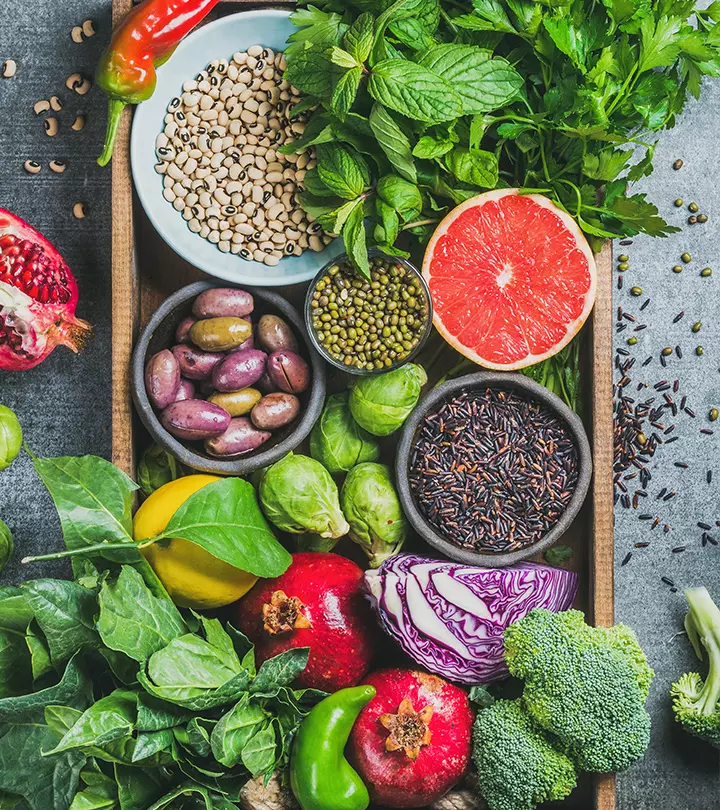


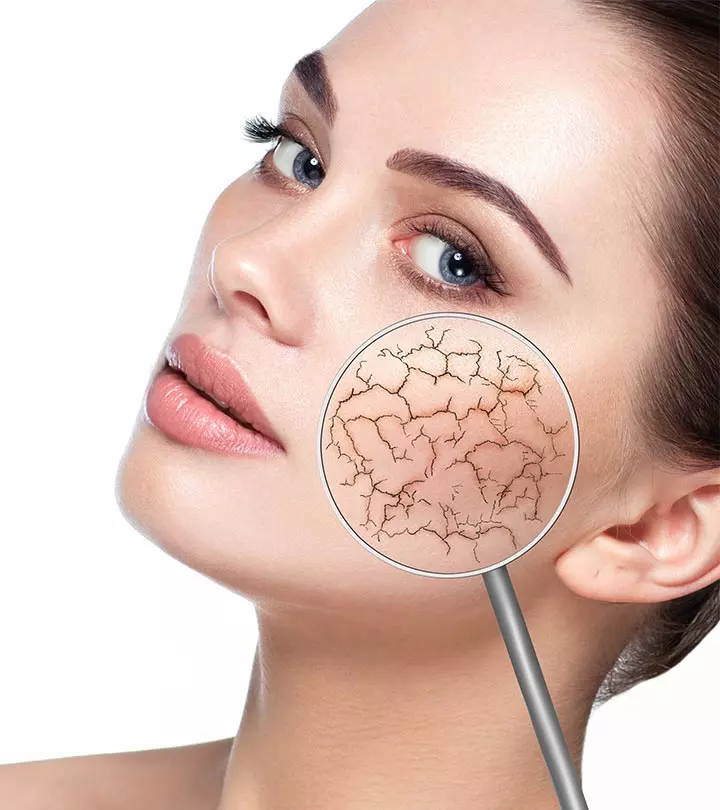


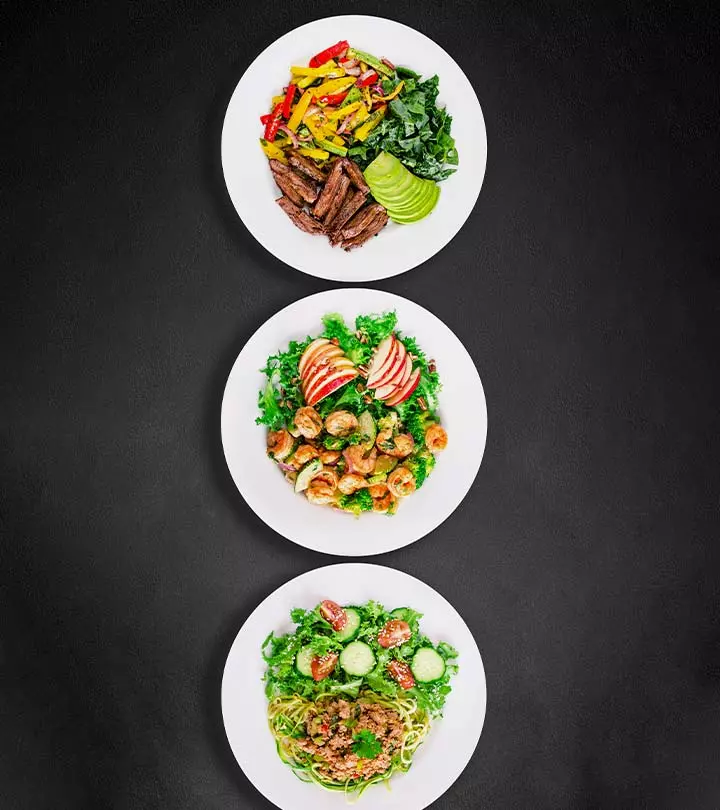
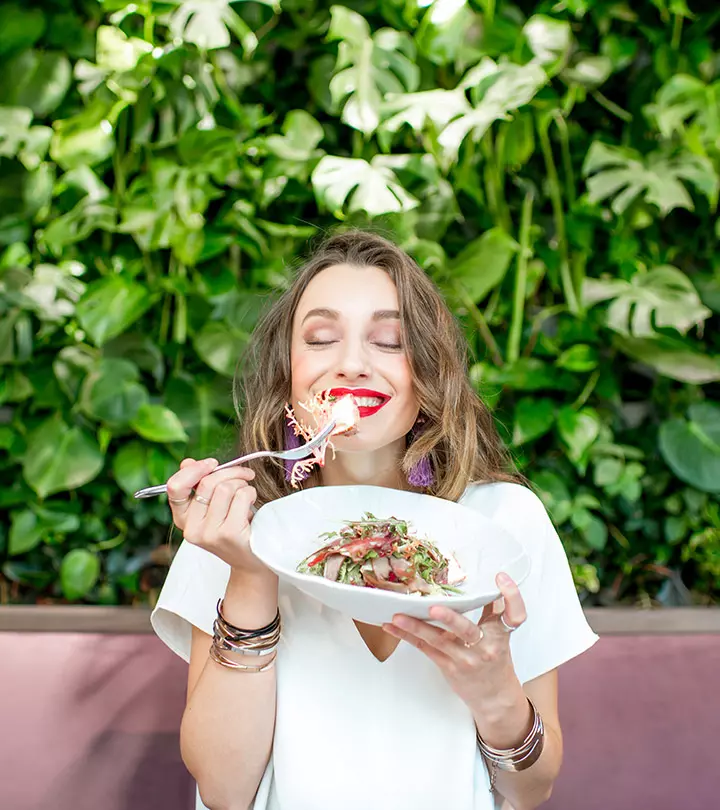

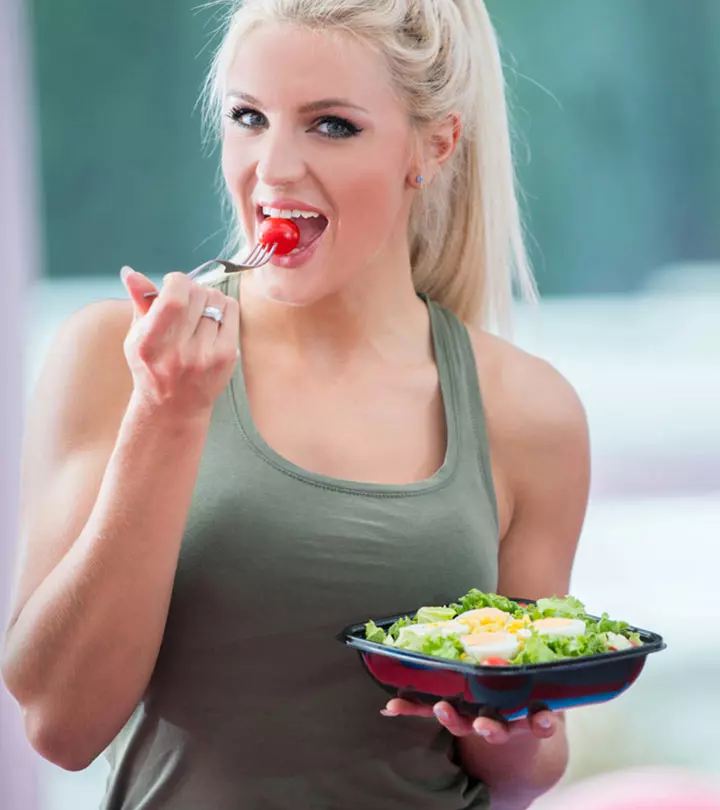
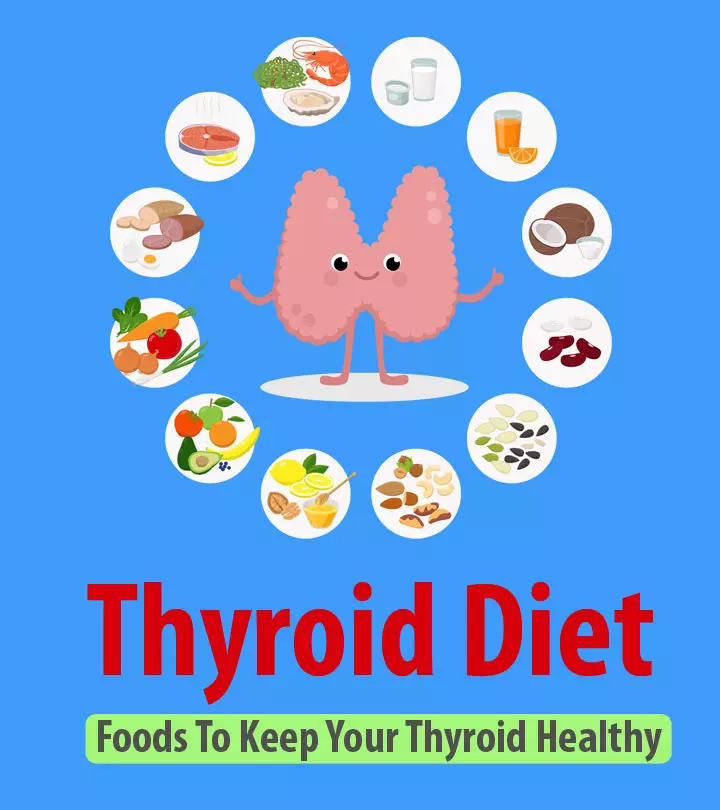

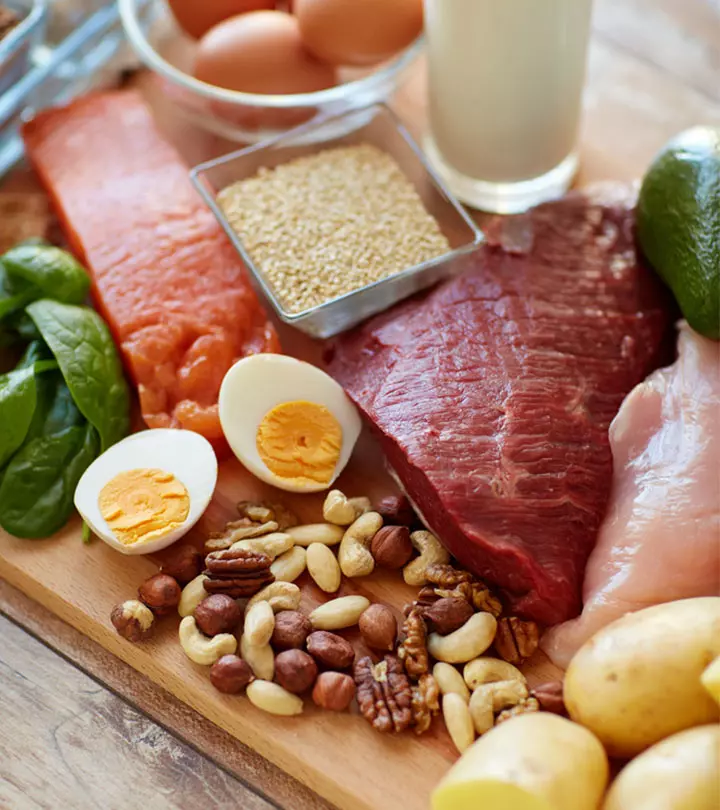
Community Experiences
Join the conversation and become a part of our empowering community! Share your stories, experiences, and insights to connect with other beauty, lifestyle, and health enthusiasts.